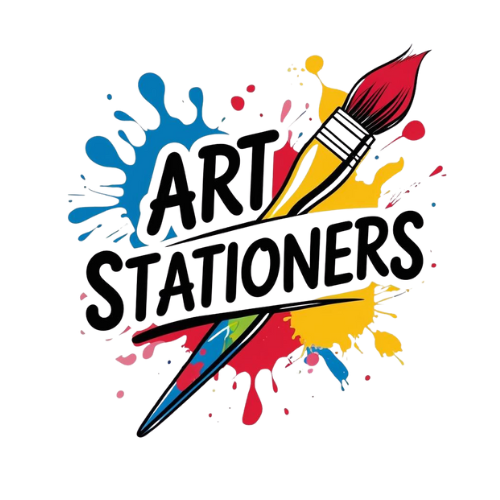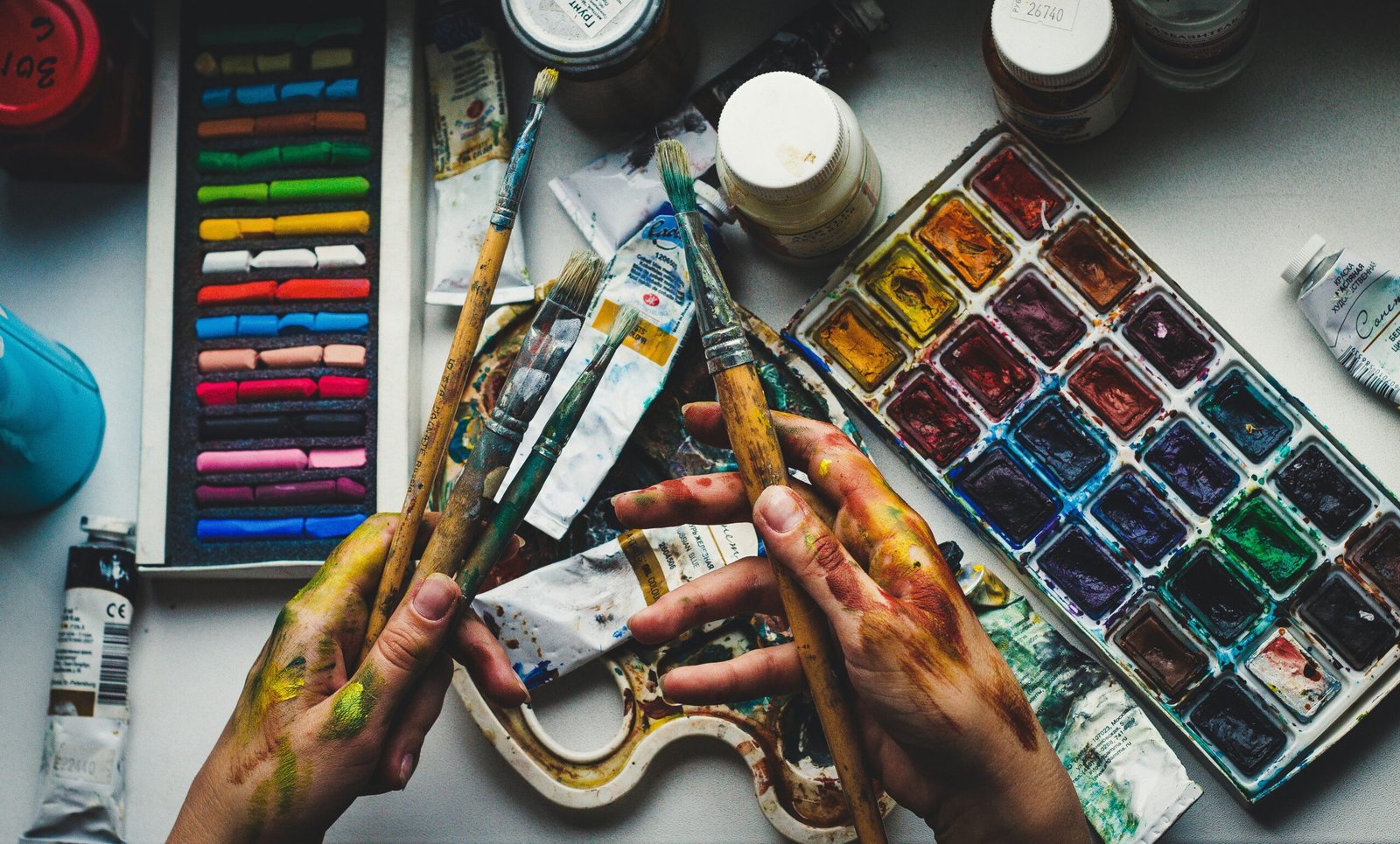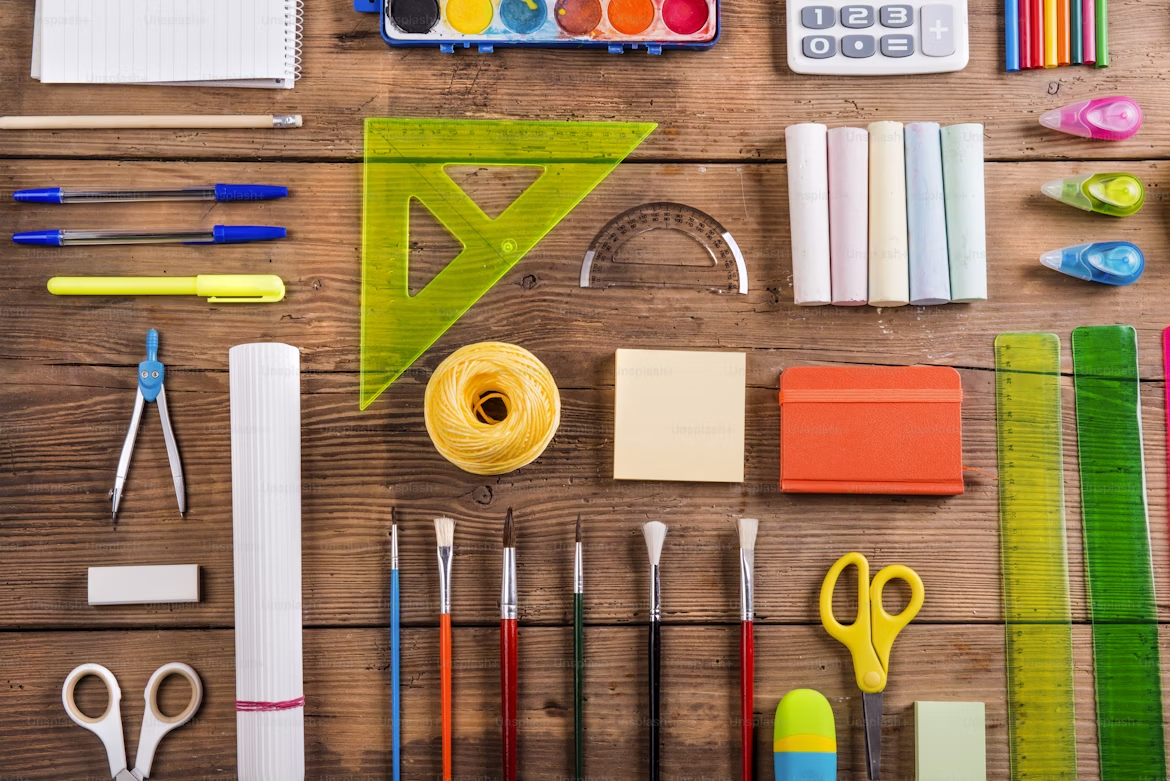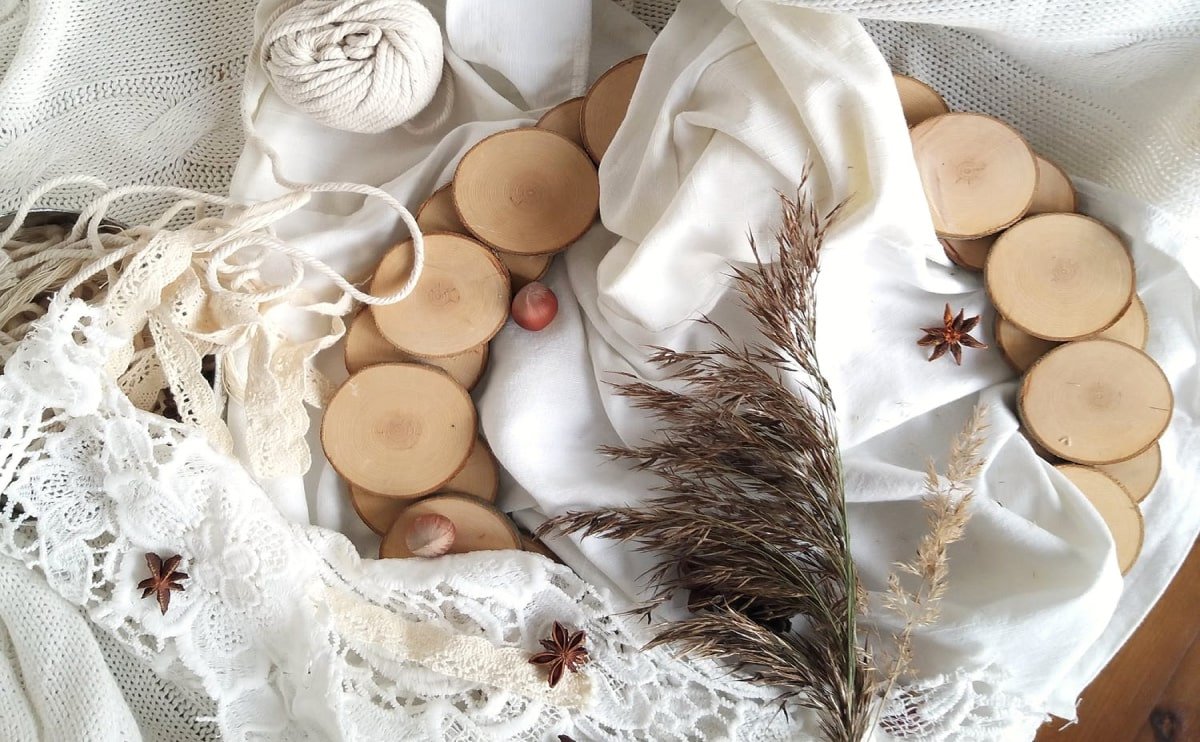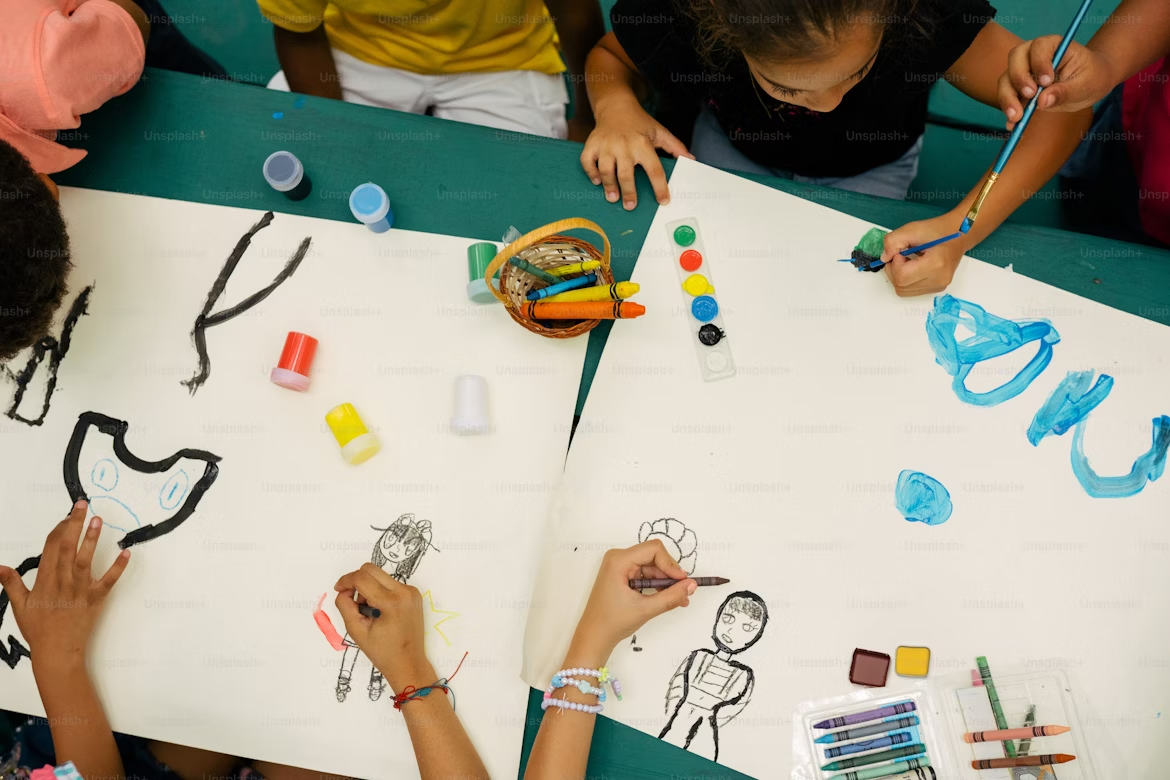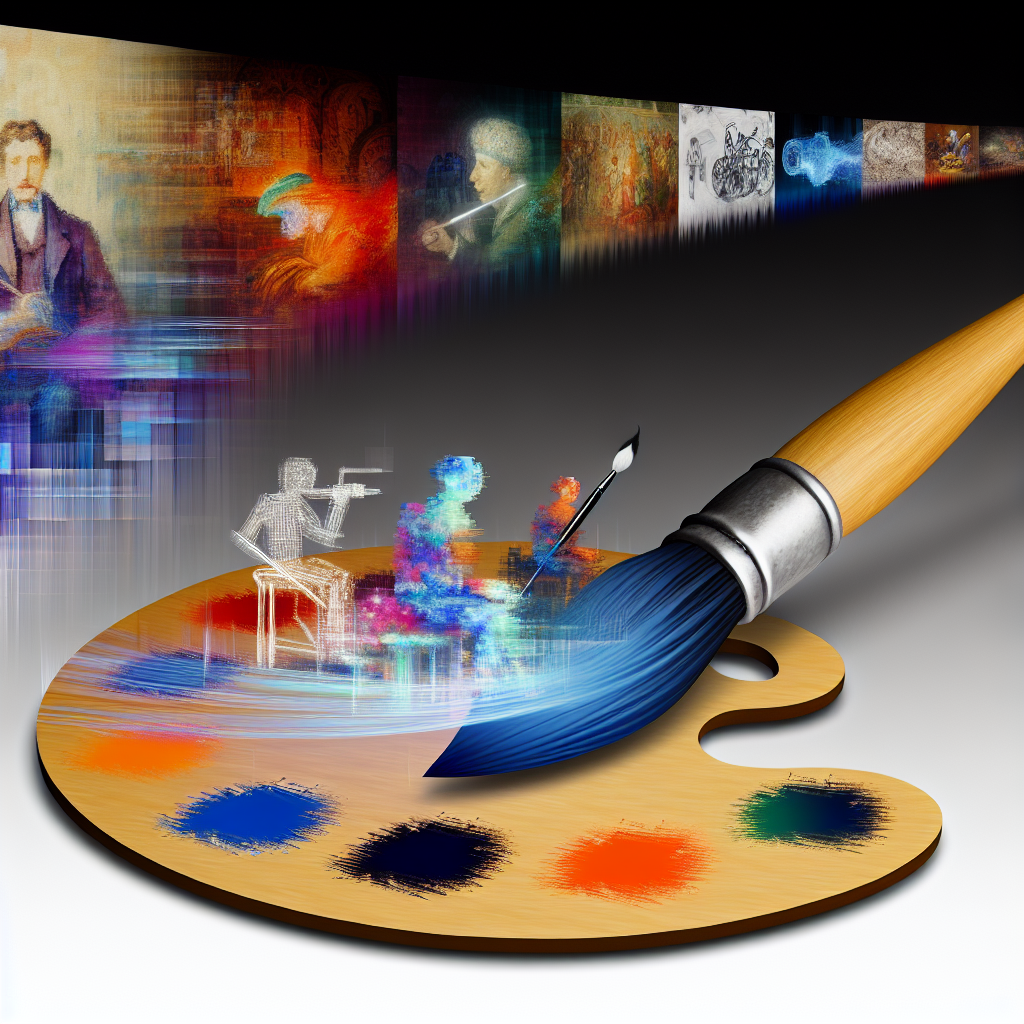Innovative Tools Changing the Face of Modern Painting
Introduction
In the realm of visual arts, the brush has long been the quintessential tool for painters. However, a surge of innovative technologies and tools is reshaping how artists express their creativity. From digital painting to augmented reality, the landscape of modern painting is rapidly evolving.
The Digital Revolution
Digital painting has garnered immense popularity, allowing artists to create stunning works using tablets and specialized software. Some key advantages of digital tools include:
- Undo Functionality: Mistakes can be easily corrected, encouraging experimentation.
- Endless Color Options: Artists have access to millions of colors at their fingertips.
- Layering: Artists can work in layers, adjusting and editing parts of their painting without affecting the whole.
3D Printing: A New Dimension
3D printing offers an exciting way to blend traditional painting with sculpture. Artists can create three-dimensional forms that can be painted or incorporated into mixed media art. This technology is transforming the approach to both painting and sculpture, creating hybrid art forms that push boundaries.
Augmented Reality (AR)
Augmented reality is changing how audiences experience art. Artists are now integrating AR into their work, allowing viewers to interact with paintings through their smartphones. This adds a dynamic layer to traditional artwork, creating immersive experiences that engage the public in novel ways.
Eco-Friendly Materials
With growing environmental concerns, artists are now using innovative eco-friendly materials that do not compromise quality. Non-toxic paints, biodegradable brushes, and recycled canvases are becoming more available, allowing artists to create sustainably.
Conclusion
The modern painting landscape is an amalgamation of tradition and innovation. As artists continue to explore new tools and technologies, the future of painting promises to be as diverse as the artists themselves. Embracing these changes can offer limitless opportunities for creativity, challenging our perceptions of art.
